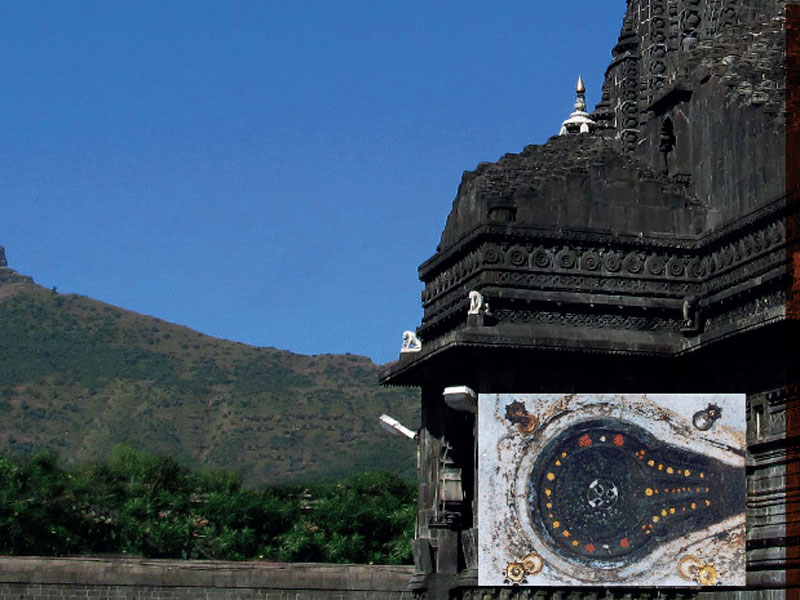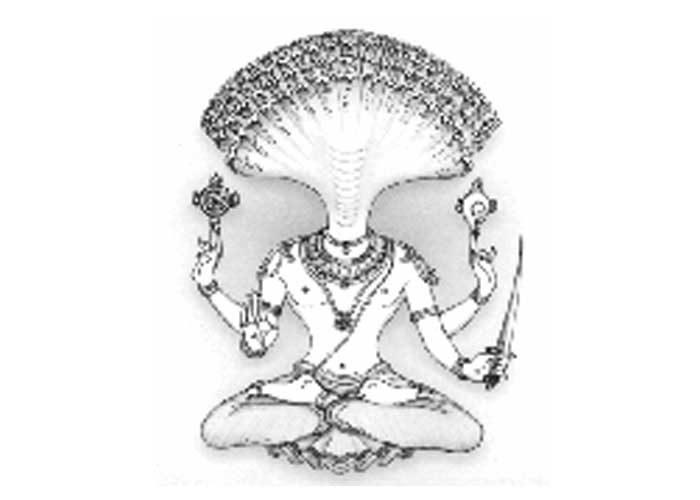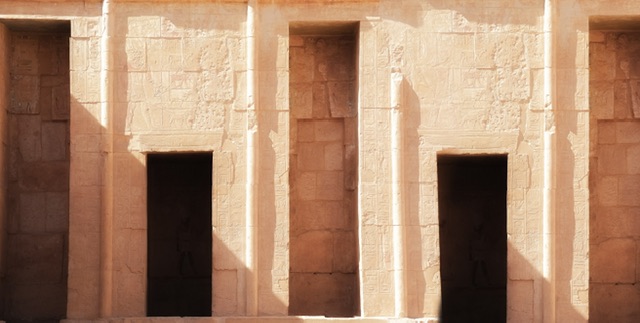Centuries ago Lord Shiv is said to have revealed Himself to his true devotees in the form of a jyoti or a light. On their request for Him to reside by them for eternity, He installed Himself near them, as a linga, which is now known as Jyotirlinga.
In this series of articles we will take you through the 12 Jyotirlingas as described in the following Sanskrit shloka (Dwadasha Jyotirlingum Strota) –
सौराष्ट्रे सोमनाथं च श्रीशैले मल्लिकार्जुनम्।
उज्जयिन्यां महाकालमोङ्कारममलेश्वरम्॥
परल्यां वैद्यनाथं च डाकिन्यां भीमशङ्करम्।
सेतुबन्धे तु रामेशं नागेशं दारुकावने॥
वाराणस्यां तु विश्वेशं त्र्यम्बकं गौतमीतटे।
हिमालये तु केदारं घुश्मेशं च शिवालये॥
एतानि ज्योतिर्लिङ्गानि सायं प्रातः पठेन्नरः।
सप्तजन्मकृतं पापं स्मरणेन विनश्यति॥
एतेशां दर्शनादेव पातकं नैव तिष्ठति।
कर्मक्षयो भवेत्तस्य यस्य तुष्टो महेश्वराः॥:
द्वादश ज्योतिर्लिंग स्तोत्रम्
The extraordinary feature of the Trayambakeshwara Jyotirlinga in Maharashtra is that it has three faces embodying Lord Brahma, Lord Vishnu and Lord Shiv whereas all other Jyotirlingas have Lord Shiv as the main deity. It is also known as the source of the river Godavari.
This Jyotirlinga has a unique form. There is just a bottom part of the pounding stone (Ukhali), like a hole. In the hole there are three lingas shaped like the human thumb. Hence, the name Tryambakeshwara. The linga of Lord Mahesh has a constant shower of water from an orifice above. It is a natural source of water coming down as abhisheka for the Lord.
According to the legend Devi Ahilya’s husband, Rishi Gautam was doing tapas or penance on the Dakshina Mountain. It did not rain there for 100 years and the land was drying up and life forms disappearing. Seeing these conditions of drought, the residents, the saints, and all the birds and animals fled from there. Rishi Gautam did great tapas for six long months. Varun, the deva of water, was pleased and appeared before Rishi Gautam, who in turn asked for water. At the behest of Varun, Rishi Gautam dug a hole on this land. Varun said, “Due to the power of your penance, this hole would be an unending source of water “Akshya”. It will become famous by your name. It will augment all holy rituals like Yagna, Dana, Tapa, Homa Shraadha, and worship of Gods.”
Once when the disciples of Rishi Gautam went to fetch some water, from that waterhole, just then some of the tribal women were also there for the same purpose. They insisted on taking water first. The disciples of Rishi Gautam called his wife. She intervened and allowed her husband’s disciples to fetch water. The tribal women felt insulted at this and complained to the other rishis and while doing so they added a few lies here and there. The great rishis at once started the worship of Lord Ganesh, they asked him for the power of being able to insult and chase away Rishi Gautam from there. Lord Ganesh who knew that Rishi Gautam was very helpful by nature, tried to persuade the rishis against getting their way. He knew that, but for Rishi Gautam’s efforts, the rishis would have been craving for even a drop of water. But the rishis would have none of it. Reluctantly, Lord Ganesh consented, but warned them of dire consequences.
One day when Rishi Gautam went to get some “Breehi”, he saw a thin, starving cow there. Just when he lifted a little twig to shoo away the cow, the cow fell dead. (It was Lord Ganesh in the form of a cow). The other rishis used it as an excuse to accuse him of gohatya (slaying of a cow). They insulted him and said that he must leave that place immediately in order to save it from the aftermath of gohatya. Rishi Gautam became very sad and left greatly depressed.
To absolve himself of the sin of gohatya, he again resorted to tapa. He began the difficult task of bringing Ganga water with the power of his tapa, bathe in it, and chant Lord Shiv’s mantras a crore times. Lord Shiv was pleased and told him that he was indeed a pure soul and a great Mahatma and granted him a boon. The Rishi asked for Gangaji, which would be of great help to humanity. Lord Shiv gave Gangaji to him in the form of Tatwarupa Avishishta Jal. After taking the water, Rishi Gautam requested Lord Shiv to absolve him of the sin of cow slaughter too. Lord Shiv purified him. Then he requested Lord Shiv to remain on the Earth till the end of the kalyuga. Gangaji also prayed to him and requested him to stay here along with his consort Mata Parvati. For the welfare of the world, Lord Shiv granted Gangaji her wish. Ganga has also come to be known as Gautami and the linga came to be known as Trayambaka.
Trayambakeshwar finds reference in the Padma Purana. Marathi saints have also written about the Bhramagiri hill in Trayambakeshwar in their literature. This shrine also had the patronage of the Peshwa rulers.
Editor’s Note:
For the benefit of mankind Adidev Mahadev Shiv blessed 12 shivlings with His Divine Light. The proof of Lord Shiv’s power is evident from the fact that in spite of being invaded by every possible community and race, all the 12 Jyotirlingas still stand intact: each Jyotirlinga blessing the created world with a unique energy. We shall make and honest attempt to delve into the aspect of Vedic gods.
The Jyotirlingas and any other place of pilgrimage are vortices of energy, places where rishis and munis have performed penance and concentrated the Shakti of their tapobal.
A word of caution. DO NOT USE THESE PLACES AS WISHING WELLS, for even god cannot give you what your karmas do not permit. Just visiting a Jyotirlinga is pointless for they are not picnic spots. If they are used for social outings then you will disturb the energies there and bring misfortune to yourself.
These places must only be visited for the purpose of sadhna, as guided by one’s Guru. These are places to open up the blocks in one’s sadhna and untie the bondages of maya. Visiting them with the desire of physical (maya) or entertainment only leads to mismatch in energy of the visitor and the place, and may have adverse effects. The various calamities that happen at such places are ample proof of this. These places are for vairagya and moksh, not for fun and games.





